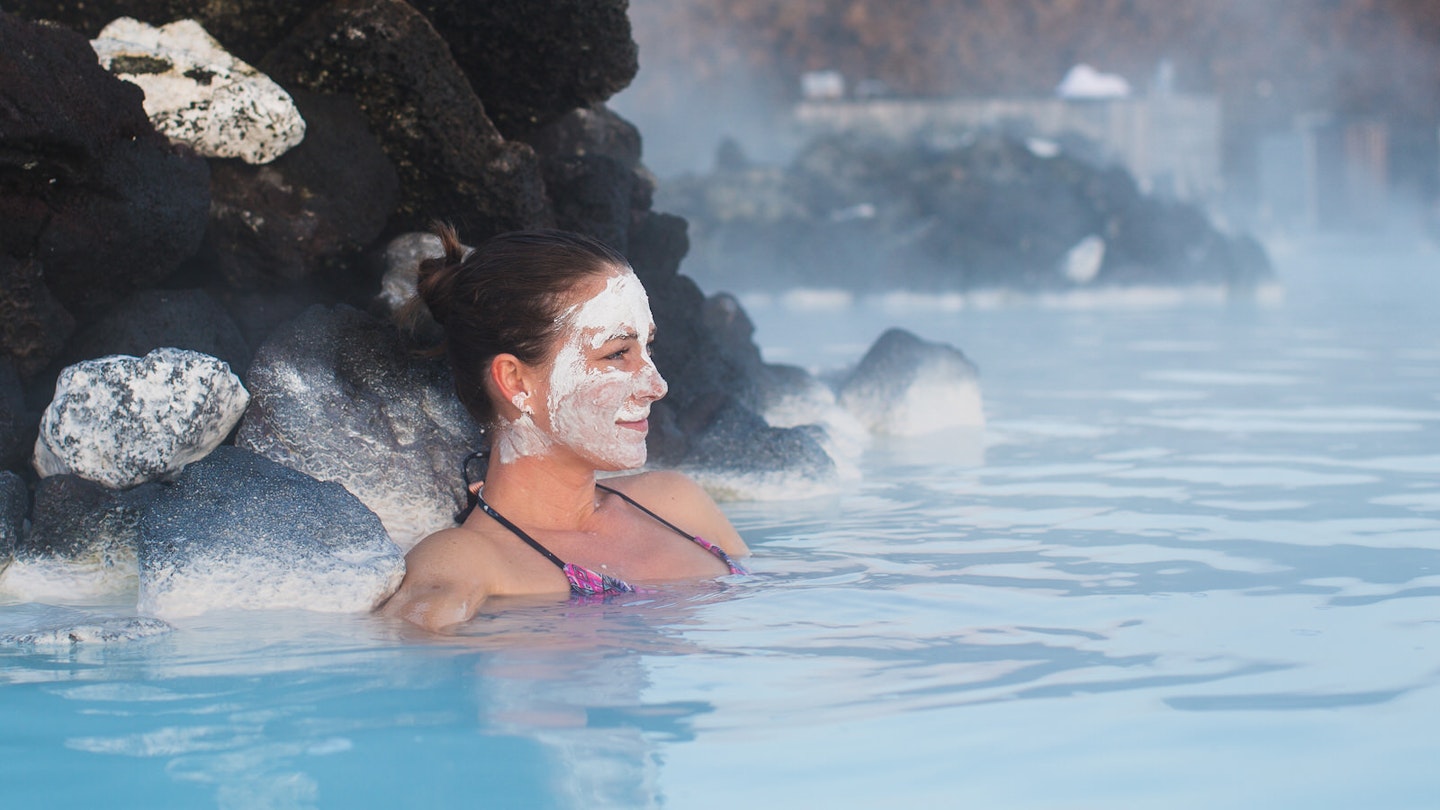Iceland’s Geological Wonders
Iceland’s geological wonders are well known and well visited: waterfalls, mountains, and fjords – it’s like the country is nature’s playground. However, the fact that this geology helps Iceland produce virtually all its energy needs is less embraced by many. About 70% of the energy comes from hydroelectric sources, and 20% from geothermal sources. Consequently, utilizing nature to create sustainable energy, alongside leisure activities, is something Icelanders take pride in. For visitors, there are myriad opportunities to explore these natural marvels.
Explore the Raykjanes Peninsula

The Reykjanes Peninsula and southern Iceland offer some of the most accessible spots, conveniently located near Reykjavík and Keflavík Airport. Here are some highlights, from witch-imprisoning hot springs to the best tomato soup you’ll taste this side of the Arctic Circle.
Mind the gap – the Bridge Between Continents

Let’s start where Iceland itself began, at the meeting point of two tectonic plates. Iceland’s geology centers around a growing gap where the North American and Eurasian plates are moving apart. This split is causing much of the volcanic activity the country experiences, resulting in daily earthquakes, though they occur at a slow movement rate of about 2.5cm per year. While it’s fun to walk across the bridge connecting these continents, it’s essential to note that the actual divide is more extensive, and one is essentially walking across a large fissure – but it still feels exciting.
Bewitching Hot Springs

South of the bridge, Gunnuhver hot springs are not only hot but also actively boiling. Steam and boiling water shoot out of the ground as Iceland’s oldest lighthouse watches from nearby. According to legend, the ghost of a witch named Gunna was trapped in one of the vents centuries ago, and the noticeboards detail the entire story. Presently, locals utilize the springs’ heat to bake sweet bread in smaller vents – a unique culinary experience!
Blissing Out at the Blue Lagoon

The Blue Lagoon stands as a geological wonder on the Reykjanes Peninsula, allowing visitors to replenish their energy supplies in a serene outdoor pool. This attraction, not found in nature, was accidentally created from overflow water of a nearby power plant. It has since grown popular among visitors who claim it possesses skin-healing properties. Even when bustling with tourists, one can discover quiet spots to enjoy warm water kept at an ideal temperature of 38°C/100°F, adorned with a silica mask promising silkier skin. For a complete experience, dine at the highly regarded on-site restaurant, Lava.
Harnessing H2O

Located south of Þingvellir National Park and along Þingvallavatn (Iceland’s largest lake), three hydroelectric power stations utilize water from the River Sóg to provide electricity – a vital resource for this area. One of them, Ljósafoss, is open to visitors. Established in 1937, this site showcases the original turbines and an engaging museum where visitors can physically experience generating energy through interactive displays, such as running into a panel to measure power output.
Geothermally Heated Greenhouse Fruits

At Friðheimar farm, visitors don’t merely observe nature’s power but also indulge in it. Since 1995, Knútur and Helena have transformed their family business, employing naturally heated water to operate greenhouses that yield up to a ton of crops daily. The primary produce is tomatoes, thriving year-round, served as a delightful homemade soup accompanied by equally delicious bread. Given its proximity to the Golden Circle, this farm can be popular with tour groups, so visiting during non-peak hours is recommended for a hassle-free experience.
Iceland’s ‘Magma’ Opus

Situated in Iceland’s most volcanically active region and facing Mount Hekla, LAVA has chosen a perfect location for its exhibition about volcanoes and their daily impacts. The site presents a massive map showing earthquake concentrations and recent activity updates. Innovative models and interactive displays illustrate volcanic physics, while a film showcases recent eruptions. A standout exhibit features a massive model of the magma pool nestled beneath the country, providing insights into Iceland’s ever-changing geology.




